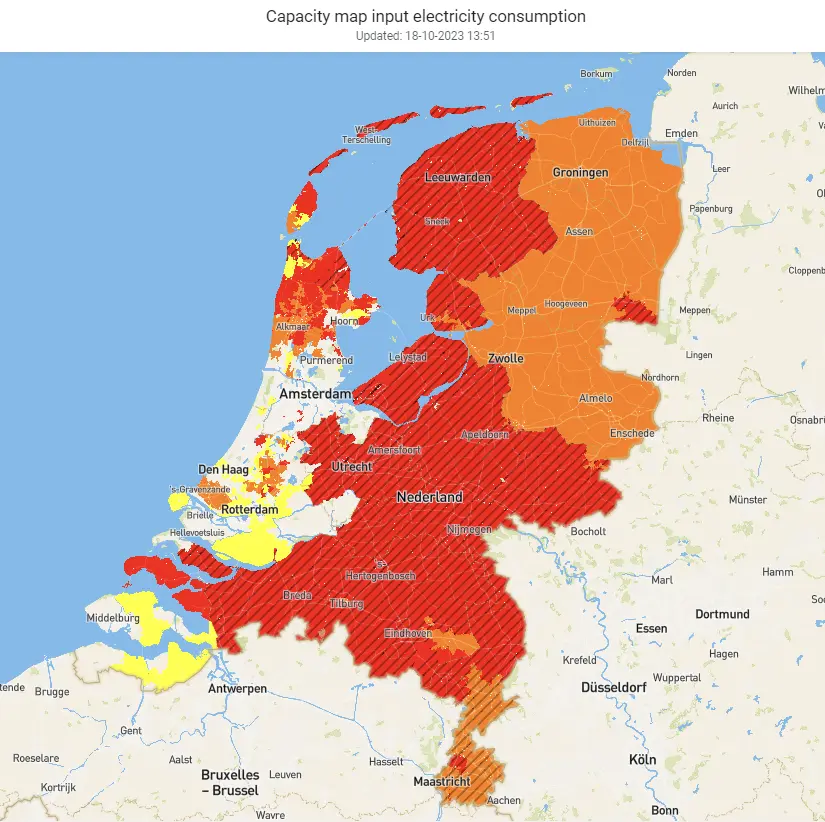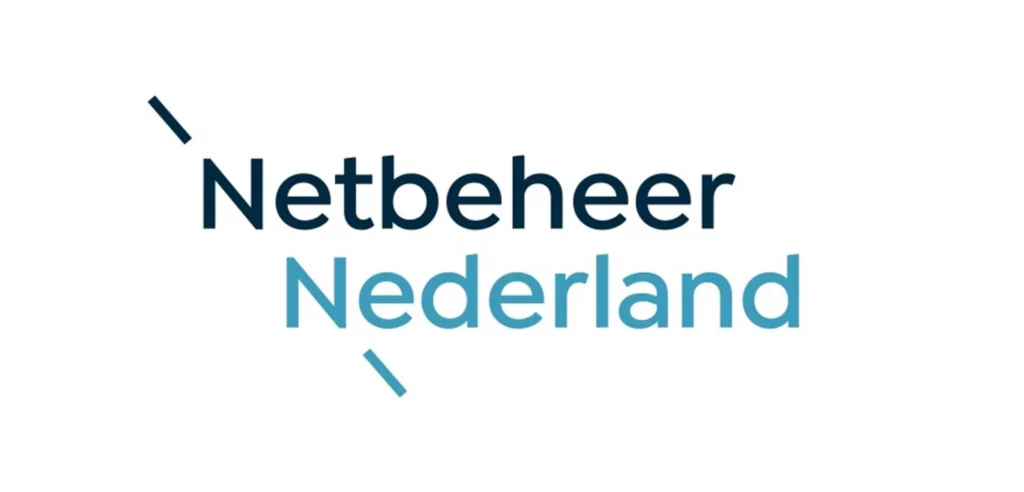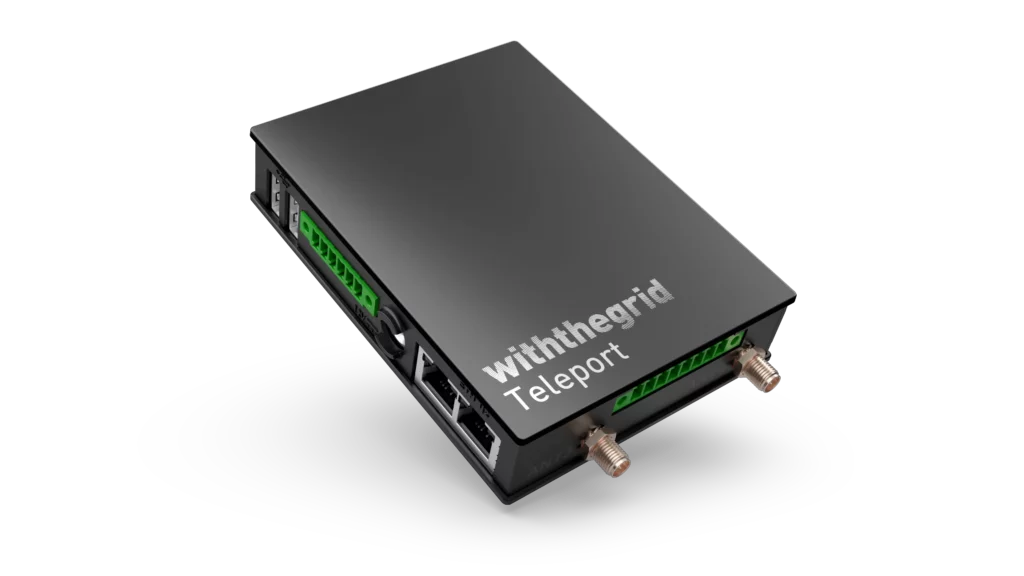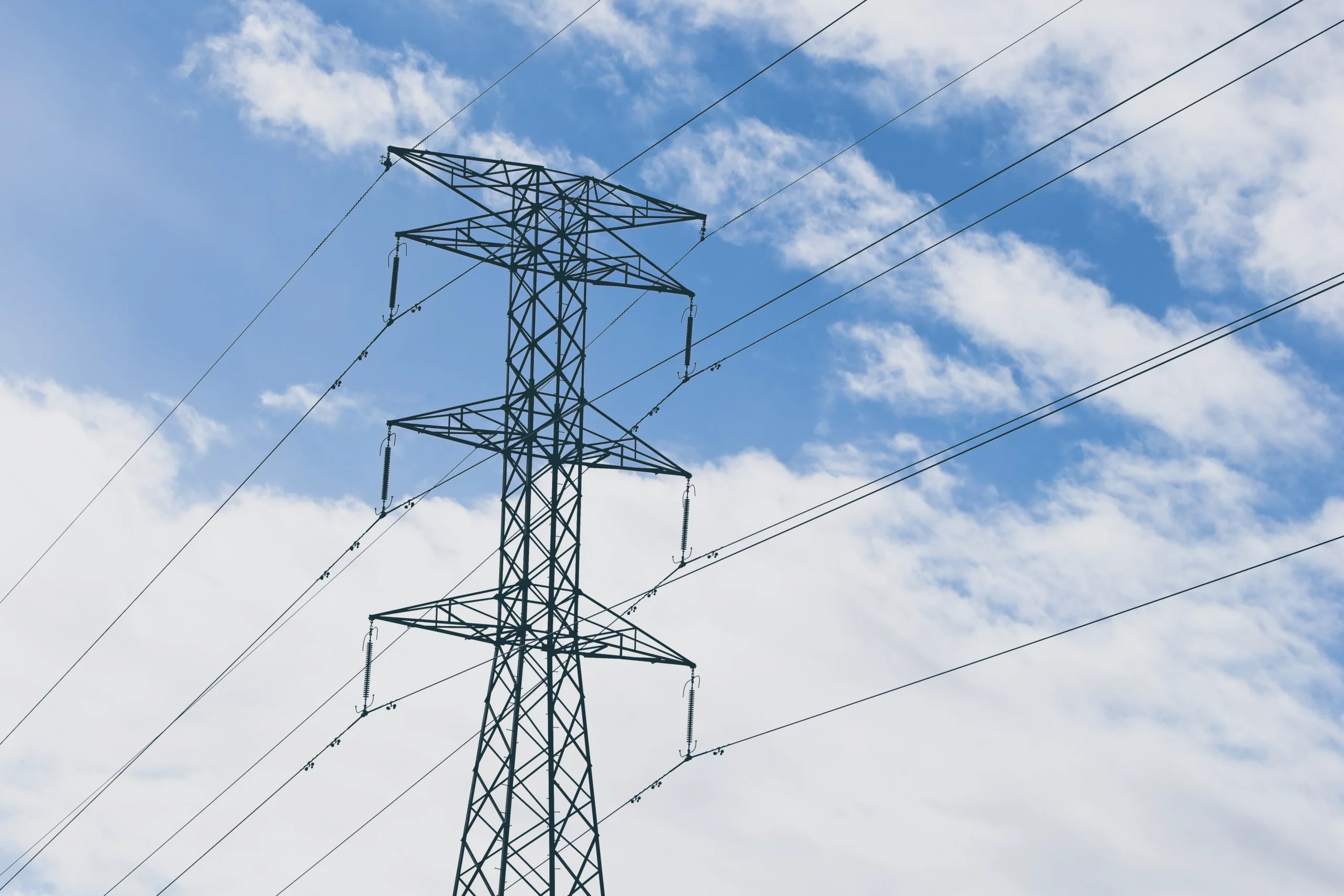Home → Blog → Energy concepts → What is congestion management?
By
Anaïs Wampack
Published on:
29/12/2021
Introduction
As the energy landscape evolves rapidly, network operators find themselves facing a growing challenge: grid congestion. Traditionally, resolving these bottlenecks meant physically reinforcing the grid with more transformers and higher-capacity cables. However, the urgency of the ongoing energy transition demands faster, innovative solutions to solve this issue. It is where congestion management emerges as a critical strategy.
The goal of congestion management is to ensure the stability and reliability of the grid in the face of rising demand and renewable energy production.
But what exactly is congestion management?
In this article, we will cover what is congestion and why it happens. Then, we will explore the different mechanisms that grid operators use to prevent it.
What is congestion management?
In the energy sector, congestion occurs when a particular area of the grid is overloaded with power, either due to excessive feed-in or take-off. It’s similar to a bustling highway during rush hour – on the highway, there are too many vehicles trying to navigate a limited space; in energy the grid, there is too much electricity flowing in a particular area. This excess of power overwhelms the available transmission capacity, resulting in congestion.
This overload sets off a chain reaction of problems, including inflated operational costs, heightened greenhouse gas emissions due to inefficiency, and the threat of widespread blackouts. In the Netherlands, congestion has become such a big challenge all over the country (see the Capacity Map) that DSOs recently announced that all businesses requesting new or upgraded grid connection will be places on a waiting list. They anticipate that, if there is no significant change, some regions of the country like Utrecht, Gelderland, and Flevoland will be overloaded during peak times in the coming years.

by Netbeheer Nederland
Consequently, finding ways to prevent the risks and costs of congestion becomes imperative, and that’s where congestion management steps in.
Congestion management is a strategy aimed at steering either the supply or demand of energy during peak periods, when the grid’s capacity reaches its limit. It aims to optimize network capacity utilization, and on the long run, ensure the smooth integration of renewables.
In the Netherlands, the TSO TenneT manages congestion on the transmission grid (high voltage – 110 kV and above), while DSOs handle local distribution grids (below 110 kV).
Congestion management strategies
Grid operators employ diverse strategies to efficiently manage congestion and maintain the smooth flow of electricity within the grid. Let’s delve into two of those strategies: redispatch and Capacity Limitation Contracts.
1. Redispatch
Redispatch is a mechanism designed to alleviate grid overloading of power generation or consumption by shifting it from congested areas to non-congested ones.
In the Netherlands, the redispatch process operates on a market-based system. Participants (generators or large consumers called Congestion Service Providers, CSPs) submit bids via systems such as RESIN or GOPACS. When congestion occurs, selected CSPs are required to modify their planned electricity feed-in or take-off to ease the strain on the grid. They are then compensated based on the amount of their bid.
To maintain grid balance, for each adjustment made within the congested area, an opposite adjustment must be made outside the congested zone.
→ Not sure about the difference between congestion management and grid balancing? We made a full article about it here.
2. Capacity limitation contracts
More recently, another grid congestion tool has emerged: the capacity limitation contracts, known as the “capaciteitsbeperkingscontract” (CBC) in the Netherlands.
These contracts are established with parties connected to the grid with a capacity of over 1 MW. In these agreements, these parties agree to restrict their use of connection and transport capacity in exchange for predetermined financial compensation. Grid operators can request this curtailment several days in advance, up to the morning of the day before the expected congestion occurs.
New legislations for congestion management
To address the growing congestion challenge resulting from the integration of renewable energies, European countries have been enacting legislation. In April 2016, the Commission Regulation (EU) 2016/631 introduced the RfG (Requirements for Generators) network code. This European regulation, part of a comprehensive initiative involving eight European codes, aims to ensure accessible and reliable energy for the people of Europe while facilitating the transition to greener energy sources. Under the RfG, power-generating units are mandated to have an interface enabling grid operators to adjust their energy output during periods of severe instability.
In the Netherlands, the interface complying with the RfG is known as the Real-time Interface. Its requirements are developed by Netbeheer Nederland and have been incorporated into the new Dutch energy law and the electricity grid code. Starting in 2024, it will be obligatory for all solar parks and wind turbine installations with capacities ranging from 1 to 50 MW.

Through the Real-Time Interface, grid operators can curtail (reduce or switch-off) the production of the connected assets in real-time, preventing congestion. This interface acts as an ’emergency break,’ helping to avoid grid overload.
→ Interested in learning more about the Real-time Interface? Discover all resources here.
The Teleport: empowering congestion management
The Teleport, the first Real-Time Interface certified endpoint in the Netherlands, facilitates compliance with this new legislation. Developed alongside Dutch grid operators, it enables real-time curtailment of surplus renewable energy, averting congestion and ensuring grid stability.
But beyond grid congestion, the Teleport offers an unparalleled flexibility that can also be used by aggregators, BSPs and asset owners to enhance profits. Its adaptability allows it to integrate with diverse energy assets such as wind turbines, solar panels, batteries and more. This adaptability enables functionalities like curtailment and battery scheduling, empowering grid stakeholders to respond effectively to market signals.

By seamlessly combining different flexibility use cases, the Teleport allows energy asset owners and traders to participate in congestion management and grid balancing (via their markets) while benefiting economically from it. The Teleport not only ensures grid stability but also transforms asset control into a collaborative, economically viable venture for all involved stakeholders.

specialized in smart flexibility solutions
Want to unlock the flexibility of your assets?
Withthegrid is here to assist you – contact us today!


